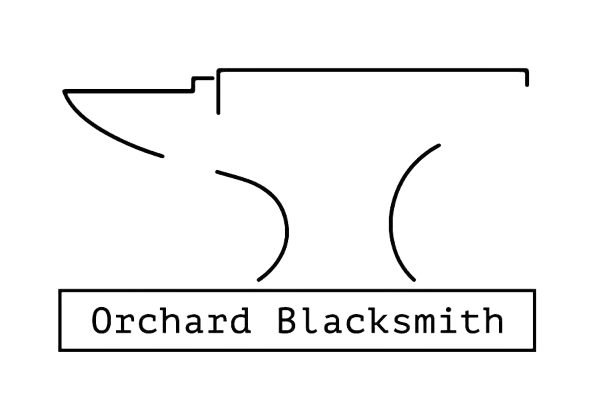What Does a Blacksmith Do? Exploring the Art and Craft of Metalworking
Blacksmithing, an ancient craft, is as fascinating today as it was centuries ago. Despite technological advancements, the core of blacksmithing remains unchanged: transforming metal into functional and artistic pieces through heat, hammering, and shaping. This blog post delves into what a blacksmith does, exploring the intricacies of this timeless profession.
The Essence of Blacksmithing
At its heart, blacksmithing is the art of manipulating iron and steel. Blacksmiths heat these metals in a forge until they become red hot and pliable. Using tools like hammers, anvils, and tongs, they then bend, cut, and shape the metal into the desired form. This process requires not only physical strength and stamina but also a deep understanding of metal properties and a keen artistic sense.
The Roles of a Blacksmith
1. Tool Making
One of the primary roles of a blacksmith historically was to make tools. From agricultural implements like plows and hoes to carpentry tools like hammers and chisels, blacksmiths have been instrumental in creating the tools that build societies.
2. Weaponry and Armor
In ancient times and the middle ages, blacksmiths were crucial in producing weapons and armor. Swords, knives, shields, and armour plates are all examples of a blacksmith's work, combining functionality with intricate design.
3. Architectural Metalwork
Blacksmiths also contribute significantly to the field of construction. They create custom metalwork like gates, railings, grilles, and even structural elements. This work often requires a high level of customization and artistic expression.
4. Artistic Creations
Contemporary blacksmiths often lean towards artistic blacksmithing, creating sculptures, decorative items, and bespoke furniture. These pieces highlight the versatility and beauty of metal when in the hands of a skilled artisan.
The Skills and Tools of the Trade
Skills
Heat Management: Understanding how different metals react to heat and how to control the forge's temperature is vital.
Hammering Techniques: Precision and strength in hammering dictate the quality of the finished product.
Design and Creativity: Crafting both functional and artistic pieces requires a strong creative vision.
Physical Stamina: Blacksmithing is physically demanding, often requiring hours of standing, lifting, and hammering.
Tools
Forge: The forge is where the metal is heated, typically fueled by coal, gas, or electricity.
Anvil: The anvil provides a sturdy surface against which the metal is hammered and shaped.
Hammers and Tongs: A variety of hammers are used for shaping, while tongs are essential for holding hot metal.
The Evolution of Blacksmithing
While the basics of blacksmithing remain unchanged, modern blacksmiths have access to advanced tools like power hammers and hydraulic presses, making the process more efficient. Additionally, the rise of artistic blacksmithing has opened new avenues for creative expression in metal.
Conclusion
The role of a blacksmith is as diverse as it is ancient. From practical tool-making to artistic metalwork, blacksmiths meld strength, skill, and creativity to transform simple metal into objects of utility and beauty. In an age of mass production, the unique touch of a blacksmith's hand in metalworking speaks to a deep human appreciation for craftsmanship and artistry.
Whether you're interested in the historical aspects, the practical applications, or the artistic expressions of blacksmithing, this craft offers a rich and rewarding field of exploration. The next time you come across a piece of hand-forged metal, take a moment to appreciate the skill and tradition embedded in its creation.

